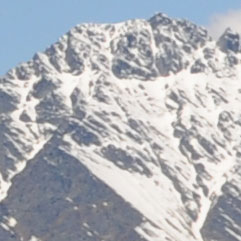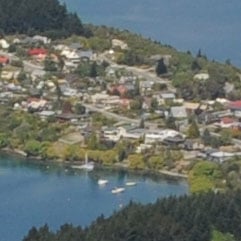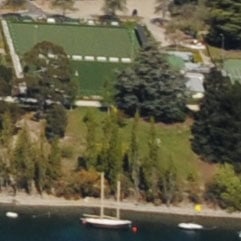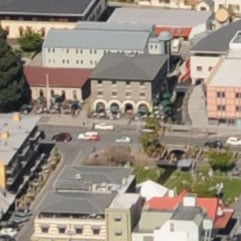Canon EOS 7D
-
-
Written by Gordon Laing
Canon EOS 7D vs Canon EOS 50D vs Canon EOS 5D Mark II Real-life resolution (JPEGs using defaults)
Canon EOS 7D vs Canon EOS 50D vs Nikon D300s Real-life resolution (JPEGs using default settings)
The image above was taken with the Canon EOS 7D at 100 ISO with an exposure of 1/320 and the lens set to 24mm f8; the original Large Fine JPEG measured 8.59MB. The crops below are taken from the areas marked with the red squares and presented here at 100%. In this set of crops, we’ve repeated those from the Canon EOS 50D and EOS 7D, and added the Nikon D300s. As a 12 Megapixel camera, the Nikon is the lowest resolution model of the group tested here, hence the larger area in its crops. Beyond the area reproduced in the crops, the two most obvious differences of the D300’s image are its warmer White Balance and an absence of coloured fringing in the mountain ridge. The latter is not down to superior optics, but effective in-camera reduction of fringing on JPEGs – it’s a useful feature found on many of Nikon’s latest DSLRs and one which Canon still doesn’t implement in-camera, although as you’ll see on the next page it’s an easy process to perform when processing RAW files. The D300s is also taking a more laid-back approach to image processing than the EOS 7D here, with a slightly softer overall image which could certainly handle a boost in sharpening if desired. As you’d expect given a 50% higher total pixel count, the EOS 7D is capturing visibly greater real-life detail than the D300s, although perhaps not as much as you’d think given the large difference in numbers. Remember this test was also taken under bright light at the lowest sensitivities, so be sure to check our High ISO Noise results pages to see how they compare as the sensitivity increases. Now head on over to our Canon EOS 7D Real-life RAW resolution page where we’ve compared the same crops but this time from RAW files, processed to deliver a similar degree of sharpness and white balance.
|
Canon EOS 7D results continued…
Real-life resolution JPEG / RAW / High ISO Noise JPEG / RAW
|
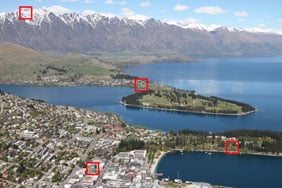 | To compare real-life performance we shot the same scene with the Canon EOS 7D, EOS 50D and EOS 5D Mark II within a few moments of each other using their best quality JPEG settings and base sensitivities. Scroll down for comparisons against the Nikon D300s and see the next page for RAW results. Each camera was fitted with the same Canon EF 24-105mm f4L IS lens, set to f8 in Aperture Priority mode and adjusted to deliver the same field of view. |
The image above was taken with the Canon EOS 7D at 100 ISO with an exposure of 1/320 and the lens set to 24mm f8; the original Large Fine JPEG measured 8.59MB. The crops below are taken from the areas marked with the red squares and presented here at 100%.
Below you’re looking at images taken with the EOS 50D, EOS 7D and EOS 5D Mark II, sporting 15.1, 18 and 21.1 Megapixels respectively. As such, the cropped area from each model becomes smaller as the resolution increases.
Before discussing image processing and recorded detail though, it’s worth making a quick note about the optics. All three bodies were equipped with the same Canon EF 24-105mm f4.0L IS lens, adjusted to deliver the same field of view – this meant zooming-in a little with the EOS 5D Mark II, to compensate for its larger full-frame sensor and lack of field reduction.
Despite the EOS 50D and 7D using a smaller portion of the optical frame though, their crops from the mountain ridge exhibit worse coloured fringing. This is because the lens performs worse in terms of chromatic aberrations at 24mm than the longer focal length used for the EOS 5D Mark II image, even when the more forgiving cropped sensor area is taken into account. This is one of the problems when comparing cropped and full-frame bodies, because even if you’re employing the same lens, you’ll be using it at different focal lengths and also evaluating different portions of the optical frame. As you’ll see on the next page though, this coloured fringing can be effectively eliminated from RAW files.
Moving on, it’s clear how the EOS 7D’s JPEGs using the default settings are much closer in style to the EOS 5D Mark II than the EOS 50D. The EOS 50D takes a fairly laid-back approach to sharpening on its in-camera JPEGs using the default settings, perhaps to be more forgiving on noise levels at higher sensitivities, whereas the EOS 5D Mark II delivers relatively crisp-looking JPEGs by default. In tests like these with the default settings, the EOS 50D is at a disadvantage as it looks comparatively soft, but as you’ll see on the next page, the EOS 50D and EOS 7D deliver very similar output when their RAW files are sharpened to the same degree.
In the crops below, the EOS 7D may look closer to the processing style of the EOS 5D Mark II, but the latter still has the edge in overall crispness. This is particularly apparent in the final row of crops of the buildings. Some of the crispness is due to higher sharpening in the EOS 5D Mark II’s imaging pipeline, but the resolution of the lens is also a factor. A sensor with a larger pixel-pitch, such as the EOS 5D Mark II, simply places less resolution demands on a lens, and this may be a factor seen here. In addition, the lens may also be performing slightly better when zoomed-in to the focal length required by the EOS 5D Mark II to match the field of view of the cropped models.
There’s many factors to consider, but the bottom line is when equipped with the same lens, delivering the same composition with the default JPEG settings, the EOS 5D Mark II delivers the preferred result. This isn’t surprising, and neither is the fact the EOS 50D comes third in this comparison with its relatively soft processing defaults. As for the 7D, again it’s no surprise to find it coming in-between these two models, although with the default settings, it’s closer to the EOS 5D Mark II than the EOS 50D. And while we did experience some optical aberrations with the EF 24-105mm f4.0L IS lens in this test, it is important to equip any of these three models with a decent lens to get the most from it.
Scroll down to see how the EOS 7D compares against its arch rival, the Nikon D300s, or head straight over to our Canon EOS 7D Real-life RAW resolution page where we’ve compared the same crops but this time from RAW files processed to a similar degree of sharpness.
Canon EOS 50D JPEG with Canon EF 24-105mm IS in-camera default settings |
Canon EOS 7D JPEG with Canon EF 24-105mm IS in-camera default settings |
Canon EOS 5D Mark II JPEG with Canon EF 24-105mm IS in-camera default settings | ||
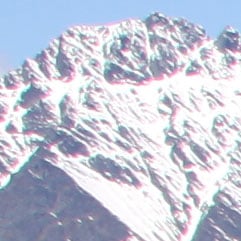 |
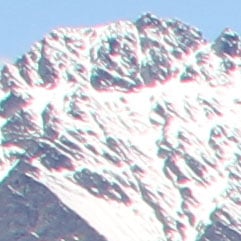 |
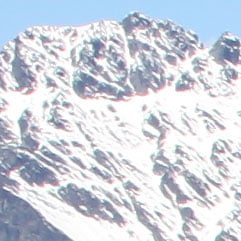 | ||
100 ISO |
100 ISO |
100 ISO | ||
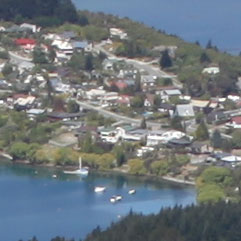 |
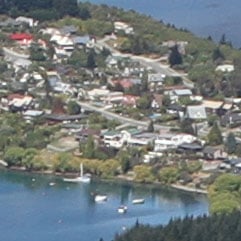 |
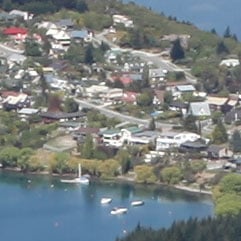 | ||
100 ISO |
100 ISO |
100 ISO | ||
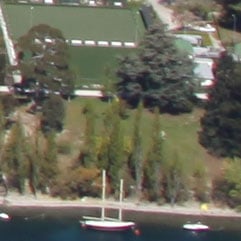 |
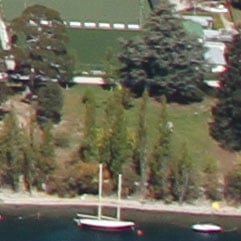 |
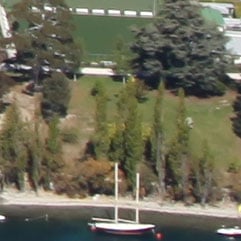 | ||
100 ISO |
100 ISO |
100 ISO | ||
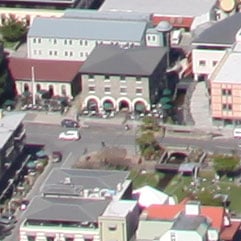 |
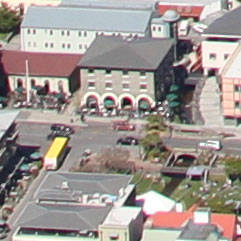 |
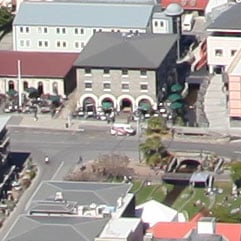 | ||
100 ISO |
100 ISO |
100 ISO |

